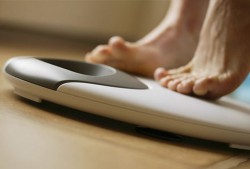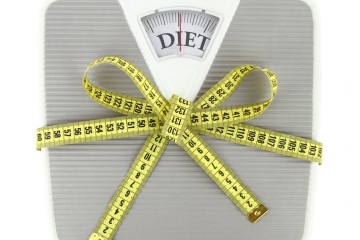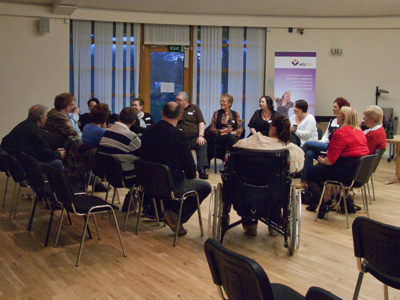Technically, your metabolism is the process by which your body breaks down food and converts it into energy. Un-technically, it's that thing that you want to speed up as much as possible to help you lose weight. (Looking to conquer your weight issues? Prevention has smart answers—get 2 FREE gifts when you subscribe today.)For that, we're here to help. Research shows some foods, behaviors, and activities can raise or lower your metabolism, and therefore change the amount of energy your body burns during a specific period of time. Here, 30 of those science-backed metabolism boosters.
Start
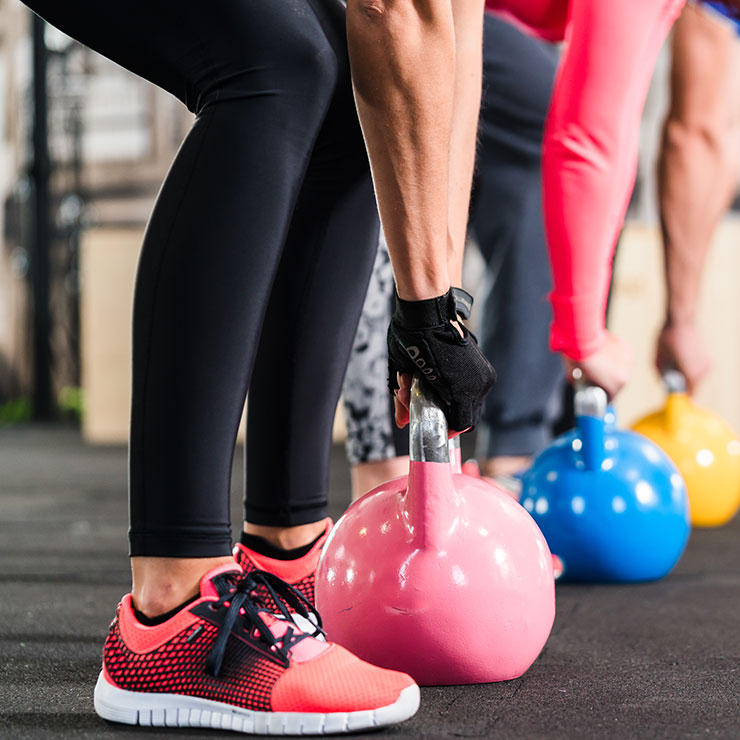 1/30
Lift weights
1/30
Lift weights
Pumping iron increases your calorie burn long after you stop working out. But that doesn't mean those 3-pound dumbbells are going to cut it. According to a study published in the Journal of Translational Medicine, people who grab heavier weights and aim for shorter breaks between bouts of lifting increase their metabolic burn by up to 452 calories over the next 24 hours. People who used lighter weights and took longer breaks burned only 98 additional calories over the same period.
Work in some cardio
 2/30
Work in some cardio
2/30
Work in some cardio
A vigorous aerobic workout can help you burn almost 200 extra calories during the 14 hours following your sweat session, according to a small 2011 study. The research suggests short bouts of intense running, swimming, or riding (HIIT workouts) beat longer, more leisurely workouts when it comes to charging your metabolism.
Say yes to breakfast
 3/30
Say yes to breakfast
3/30
Say yes to breakfast
Eating breakfast jump-starts your metabolism and keeps your energy high all day. That may explain why women who skip this meal are 4½ times as likely to be obese, some research shows.
Drink coffee or tea
 4/30
Drink coffee or tea
4/30
Drink coffee or tea
Caffeine is a central nervous system stimulant. And so your daily java can increase your metabolism 5 to 8%. Likewise, a cup of brewed tea can raise your metabolism by 12%, according to one Japanese study. Researchers believe tea antioxidants called catechins provide the boost. (Follow these 5 ways to drink green tea for weight loss.)
Fight fat with fiber
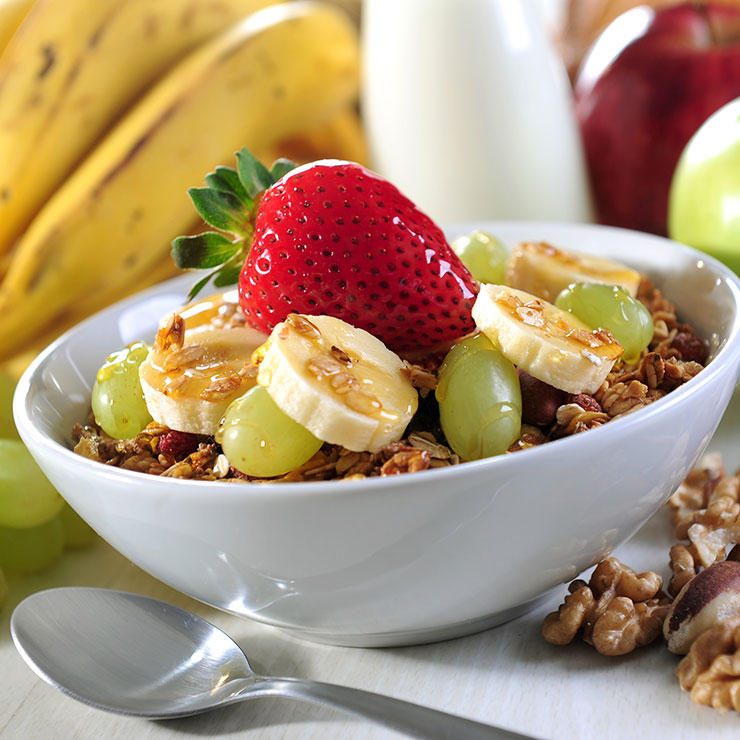 5/30
Fight fat with fiber
5/30
Fight fat with fiber
Research shows some fiber can up your fat burn by as much as 30%. Studies also suggest women who eat lots of fiber are less likely to gain weight over time. Aim for about 25g a day—the amount in three servings each of fruits and vegetables.
Drink more water
 6/30
Drink more water
6/30
Drink more water
German researchers found that drinking 48 ounces of cold water a day can help you burn more calories. The benefit may come from the work your system has to put out to heat all that water to body temperature. (Try making one of these sassy water recipes that will help increase your water intake.)
Opt for organic
 7/30
Opt for organic
7/30
Opt for organic
Canadian researchers found dieters who consume lots of organochlorines—a type of pesticide pollutant stored in fat cells—experience a greater than normal dip in metabolism as they lose weight, perhaps because the toxins interfere with the energy-burning process. Other research hints that pesticides can trigger weight gain. Choose organic when buying peaches, apples, bell peppers, celery, nectarines, strawberries, cherries, lettuce, imported grapes, and pears; non-organic versions tend to have the highest levels of pesticides.
Don't skimp on protein
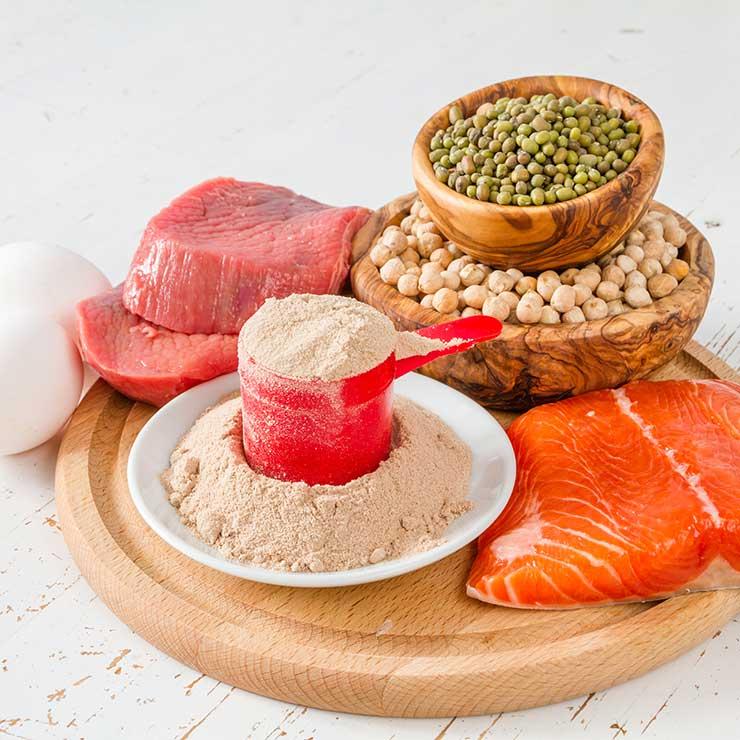 8/30
Don't skimp on protein
8/30
Don't skimp on protein
Research shows protein can increase post-meal calorie burn by as much as 35%. So try to add some healthy protein to every meal, like avocado, lean cuts of meat or poultry, dairy, fish, nuts, or beans.
Add iron
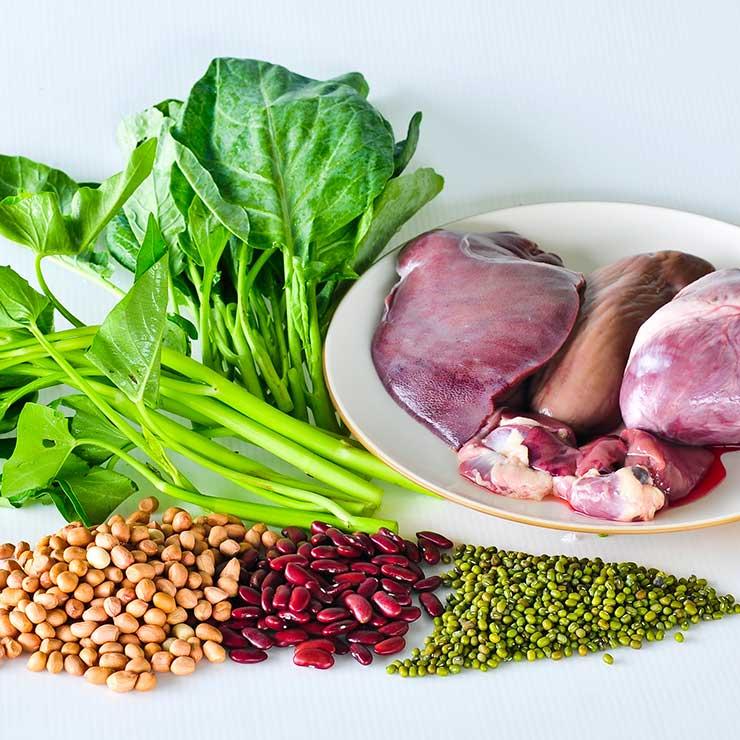 9/30
Add iron
9/30
Add iron
Iron is essential for transporting the oxygen your muscles need to burn fat, says Tammy Lakatos, RD, coauthor of Fire Up Your Metabolism. Until menopause, women lose iron each month through menstruation. Unless you restock your stores, you run the risk of low energy and a sagging metabolism. Shellfish, lean meats, beans, fortified cereals, and spinach are excellent sources.
Get more D
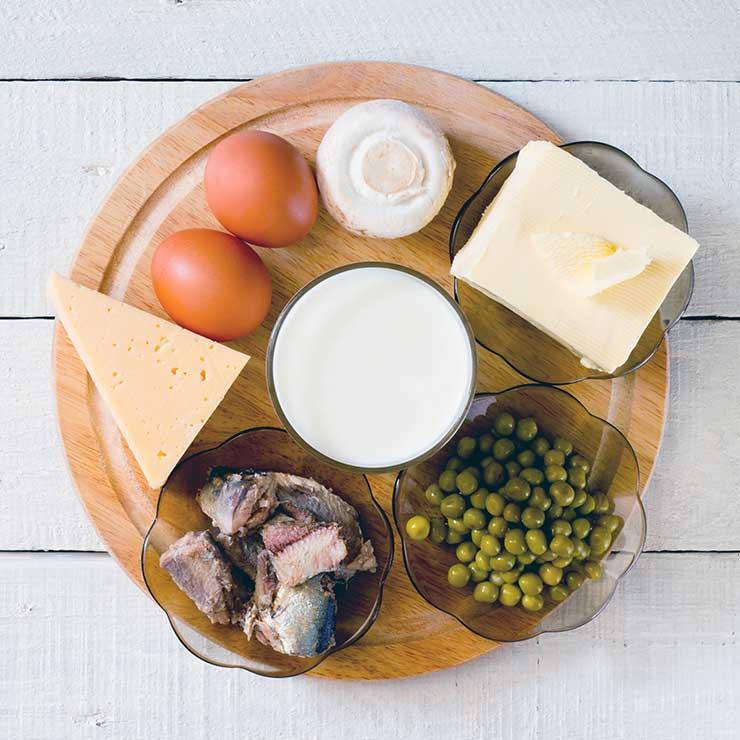 10/30
Get more D
10/30
Get more D
Vitamin D is essential for preserving metabolism-revving muscle tissue. Unfortunately, researchers estimate that a measly 4% of Americans over age 50 take in enough vitamin D through their diet. Get 90% of your recommended daily value (400 IU) in a 3.5-ounce serving of salmon. Other good sources: tuna, shrimp, tofu, fortified milk and cereal, and eggs.
Drink milk
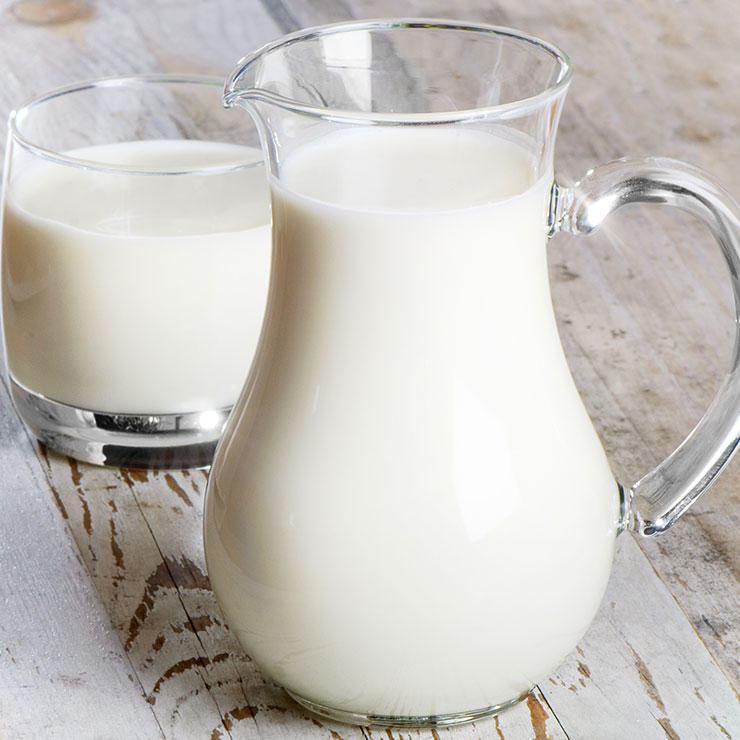 11/30
Drink milk
11/30
Drink milk
"There's some evidence that calcium deficiency, which is common in many women, may slow metabolism," Lakatos says. Research shows consuming calcium through dairy foods may also reduce fat absorption from other foods.
Don't sit still
 12/30
Don't sit still
12/30
Don't sit still
Exercise is best. But research shows even small movements—stretching your legs, taking the stairs, or even just standing to talk on the phone—can add up to an extra 350 calories burned in a single day.
Choose chewy foods
 13/30
Choose chewy foods
13/30
Choose chewy foods
The more you have to chew a bite before swallowing, the more energy you're burning before that food even hits your belly. Food in its "whole state"—think apples as opposed to applesauce—tend to require more chewing. So do proteins, nuts, fruits, and vegetables.
Select spicy ingredients
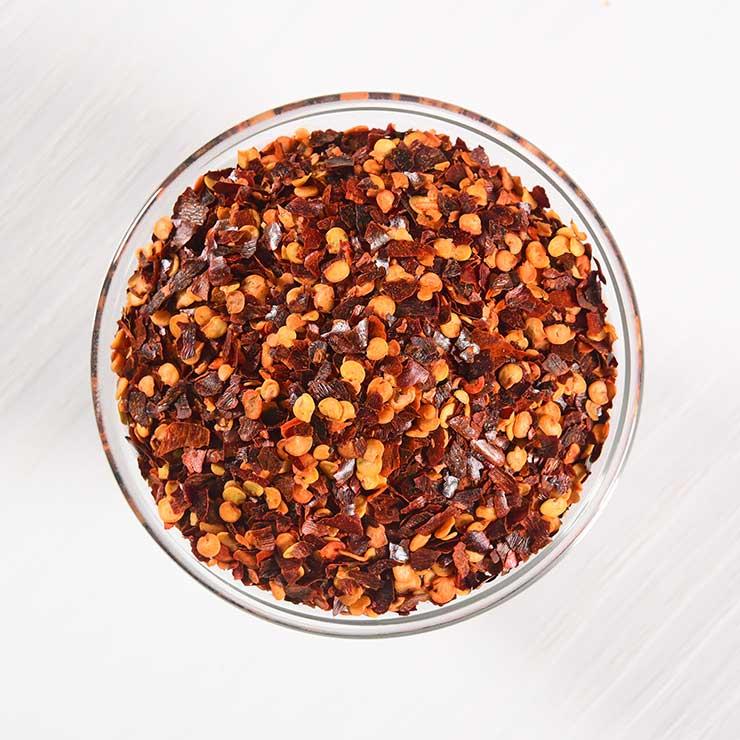 14/30
Select spicy ingredients
14/30
Select spicy ingredients
Dieters taking capsaicin, the chemical that gives hot peppers their fire, doubled their energy expenditure for several hours, according to research from UCLA. By binding to nerve receptors and sending fat-burning signals to your brain, even mild peppers contain compounds that help erase up to 100 calories a day.
Get enough B12
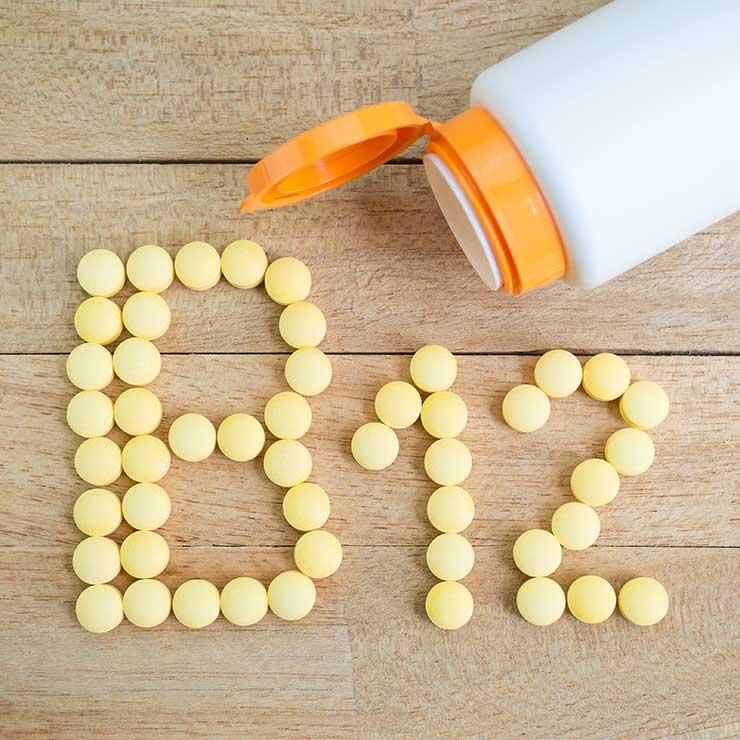 15/30
Get enough B12
15/30
Get enough B12
B12 has been linked with a heartier, healthier metabolism. While most of us get plenty of this nutrient in our diet, vegans—or those who avoid meat, dairy, and eggs—are at serious risk of a B12 deficiency. A supplement can fill in your dietary gaps.
Opt for full-fat dairy
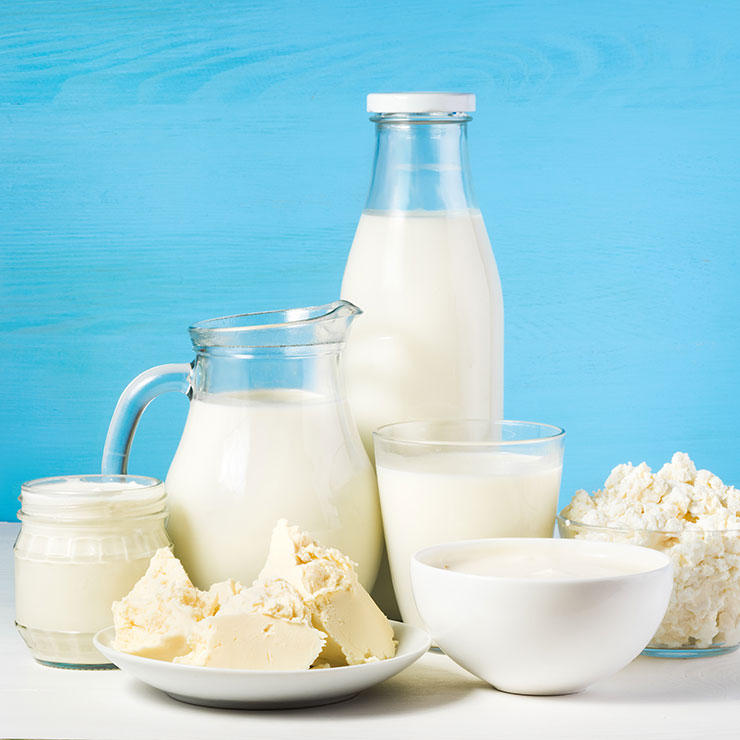 16/30
Opt for full-fat dairy
16/30
Opt for full-fat dairy
Women who loaded up on dairy three to four times a day lost 70% more body fat than those who skipped dairy, according to a study published in the Journal of Nutrition. More research shows people who choose full-fat dairy tend to be slimmer and healthier than those who select low- or non-fat. Experts say the fat in dairy may help you feel full quicker, which can cut down overeating or the urge to grab unhealthy snacks.
Catch some ZZZs
 17/30
Catch some ZZZs
17/30
Catch some ZZZs
Just one night of bad sleep can slow down your metabolism the next morning, reducing the energy you expend by up to 20%, according to a study in the American Journal of Clinical Nutrition. On top of that, disturbed shut-eye can seriously throw off hunger hormones leptin and ghrelin, which means you'll be more likely to reach for junk food.
Keep your bedroom chilly
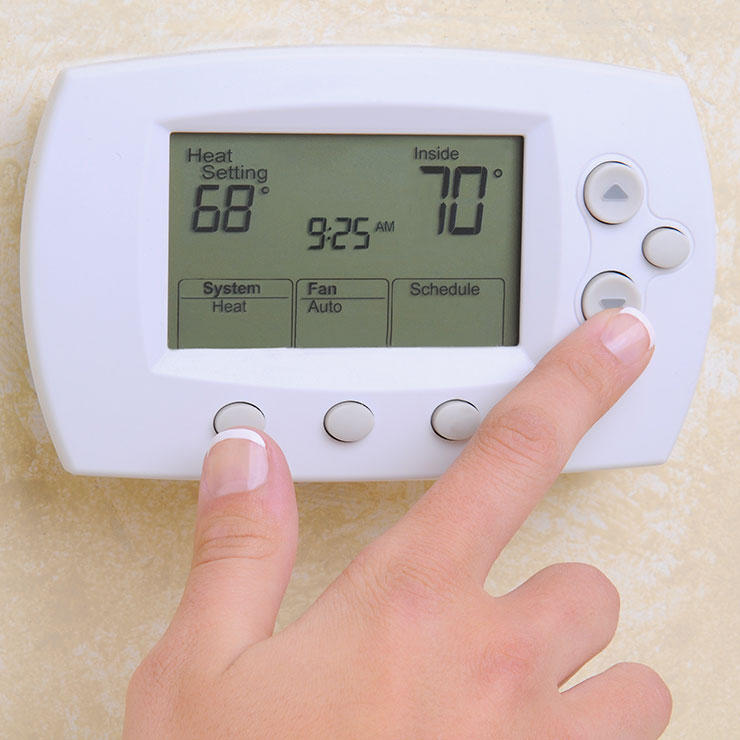 18/30
Keep your bedroom chilly
18/30
Keep your bedroom chilly
A study published in the journal Diabetes found those who slept in a 66ºF room burned 7% more calories than those sleeping in a 75ºF room. (Here's what the best room temperature for sleeping is.) The study authors believe this is caused by the participants' bodies burning extra energy to raise their core temp to 98.6ºF.
And take off that sweater
 19/30
And take off that sweater
19/30
And take off that sweater
Research suggests healthy "brown fat"— which builds up in small amounts when you're exposed to the cold—is metabolically active, and so can help your body burn calories throughout the day. More research suggests both brown fat and your ability to withstand the cold build up quickly if you turn down the thermostat or lose that extra layer during the colder months.
Go for a morning stroll
 20/30
Go for a morning stroll
20/30
Go for a morning stroll
Getting exposure to light in the morning will not only help you wake up, but may help keep you slim, suggests research from Northwestern University. Sun-strength light helps sets your body's internal clocks, which regulate everything from your sleep to your metabolism.
Say no to diet soda
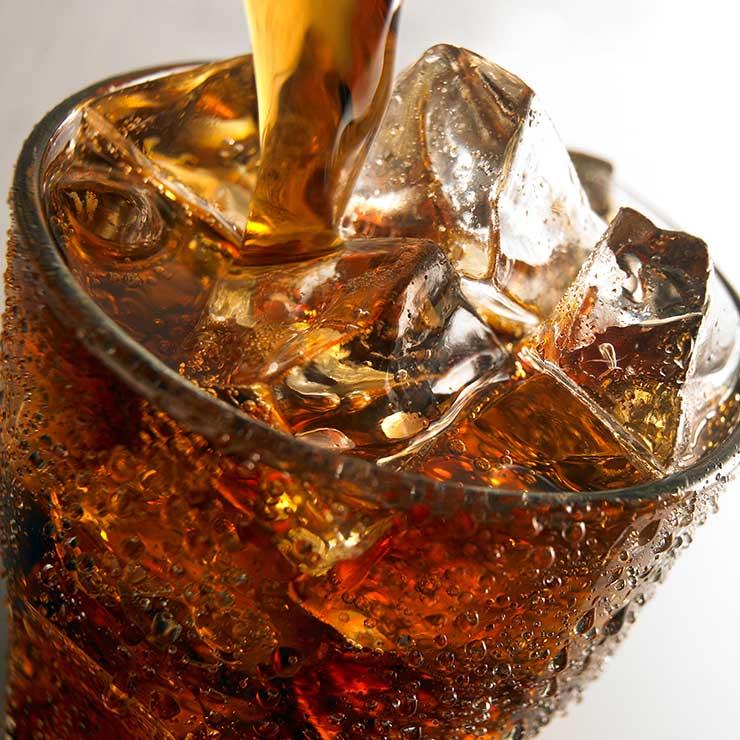 21/30
Say no to diet soda
21/30
Say no to diet soda
Drinking artificially sweetened beverages may negatively affect your body's normal metabolic response to sugar, notes a study in Trends in Endocrinology & Metabolism. Not everyone agrees, but diet drinks have been linked with weight gain and metabolic syndrome, a cluster of risk factors that increase your risk for heart disease and diabetes.
Nibble on chocolate
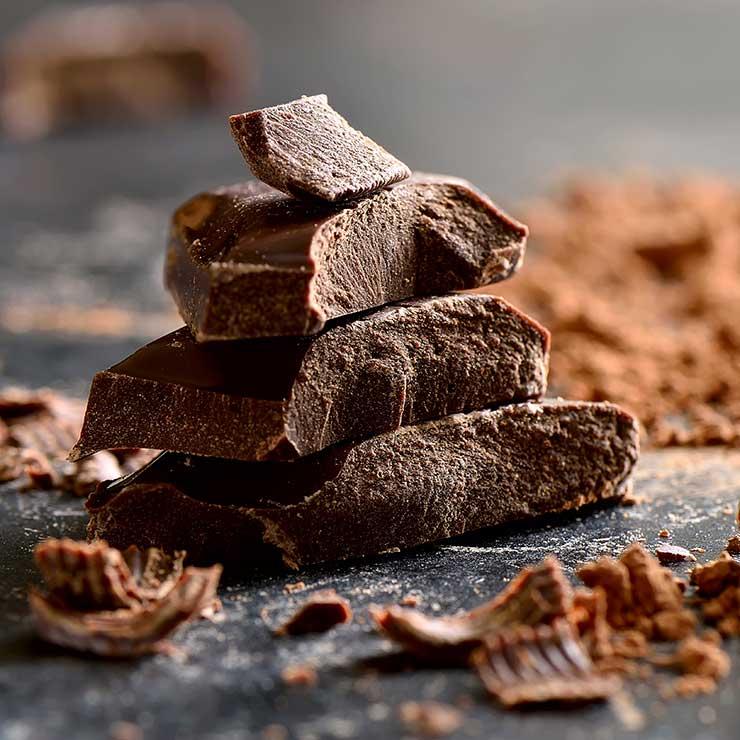 22/30
Nibble on chocolate
22/30
Nibble on chocolate
This isn't your green light to maul the office candy bowl. But it won't hurt to grab a couple of squares of high-cocoa dark chocolate. In a study by Swiss and German researchers, participants ate about 1.5 ounces of dark chocolate daily for two weeks. Compared to a control group, those who ate the chocolate enjoyed better-regulated metabolisms. It may be the chemicals in cocoa, like flavonoids, that play a role in regulating metabolism, the researchers say.
Laugh a little (or a lot)
 23/30
Laugh a little (or a lot)
23/30
Laugh a little (or a lot)
As few as 10 minutes of giggles can help your burn 10 to 20% more calories, compared to being stone-faced, research shows. Studies have also linked laughter to lower rates of stress and a healthier heart.
Meditate
 24/30
Meditate
24/30
Meditate
A lot of research has linked meditation to lower rates of stress. And a 2014 study found women who were more stressed had a slower metabolism and burned less fat after eating than those who were stress-free.
Avoid "white" carbs
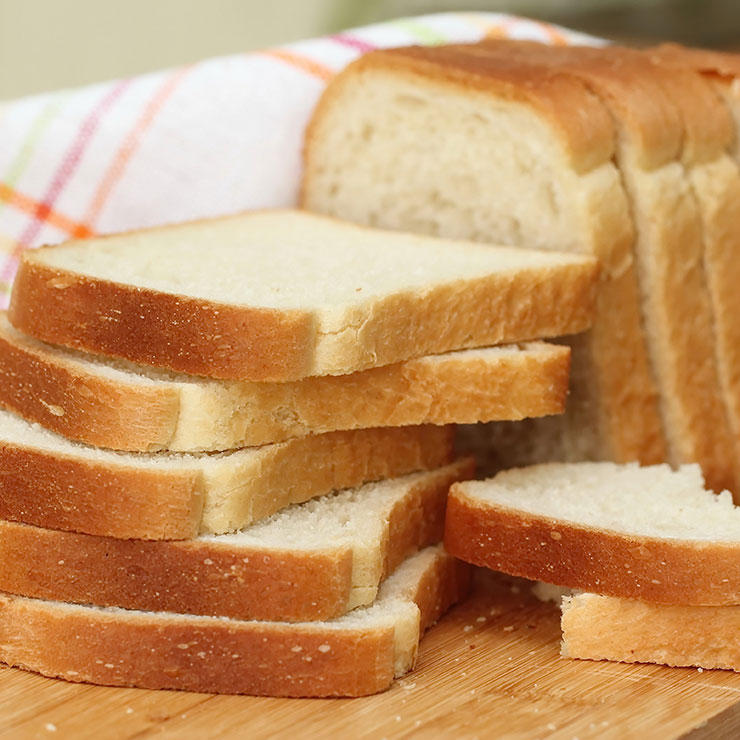 25/30
Avoid "white" carbs
25/30
Avoid "white" carbs
Just as fiber and slowly digesting foods power your metabolism (try these 12 metabolism-boosting foods) and require more energy to burn, the opposite is true of refined snacks and grains, research shows. Skipping white bread, white rice, and snack foods like chips or cookies in favor of whole, unprocessed foods and grains is a good idea.
Go easy at the bar
 26/30
Go easy at the bar
26/30
Go easy at the bar
When you have an alcoholic drink, you burn less fat because the alcohol is used as fuel instead. Knocking back the equivalent of about two martinis can reduce your body's fat-burning ability by up to 73%, research shows.
Grab a handful of nuts
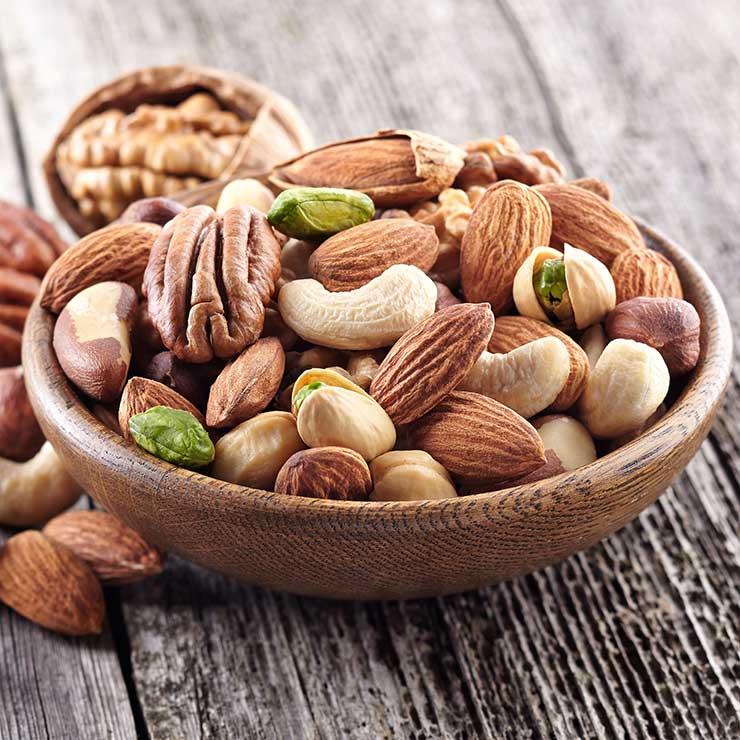 27/30
Grab a handful of nuts
27/30
Grab a handful of nuts
Research suggests the polyunsaturated fatty acids (PUFAs) in nuts—and especially in walnuts—may enhance the activity of certain genes that control fat burning. The result: You torch more calories throughout the day, finds a review in The American Journal of Clinical Nutrition. Aim for 1 to 1.5 ounces (a small handful) of walnuts per day.
Don't skip the table salt
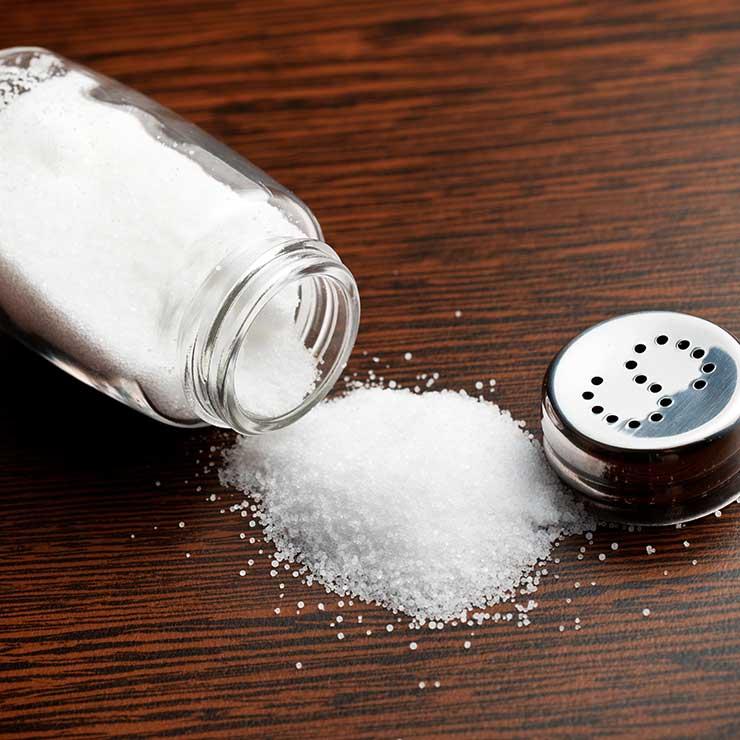 28/30
Don't skip the table salt
28/30
Don't skip the table salt
Sea salt is a tastier option than plain old table salt. But it lacks iodine—a key element that gives your thyroid gland, which controls your metabolism, its mojo. Without adequate iodine, your thyroid is unable to perform normally, and so your metabolism can take a nosedive. You don't need much iodized table salt to get your iodine fix. Just ¼ teaspoon provides nearly 50% of your RDA for iodine. Seaweed, cod, shrimp, and eggs also contain iodine.
Eat enough zinc
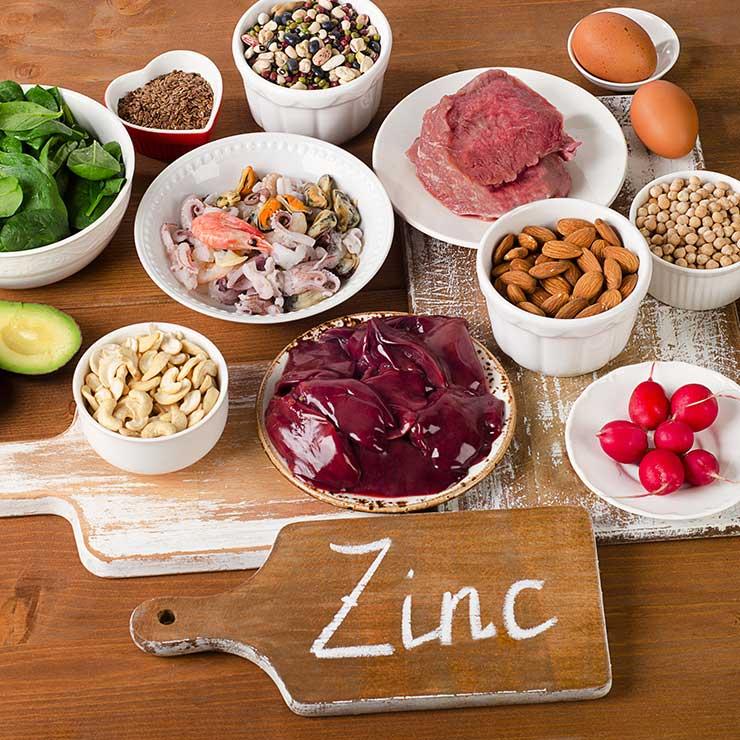 29/30
Eat enough zinc
29/30
Eat enough zinc
Another nutrient your thyroid requires for proper function: zinc. And again, vegans are the ones who have to watch out for a deficiency. While you don't need much zinc, only a handful of foods contain the nutrient—including beef, poultry, and shellfish. If those are off your menu, sesame seeds and grains like spelt contain some zinc, and so do many multivitamins.
Reach for watermelon
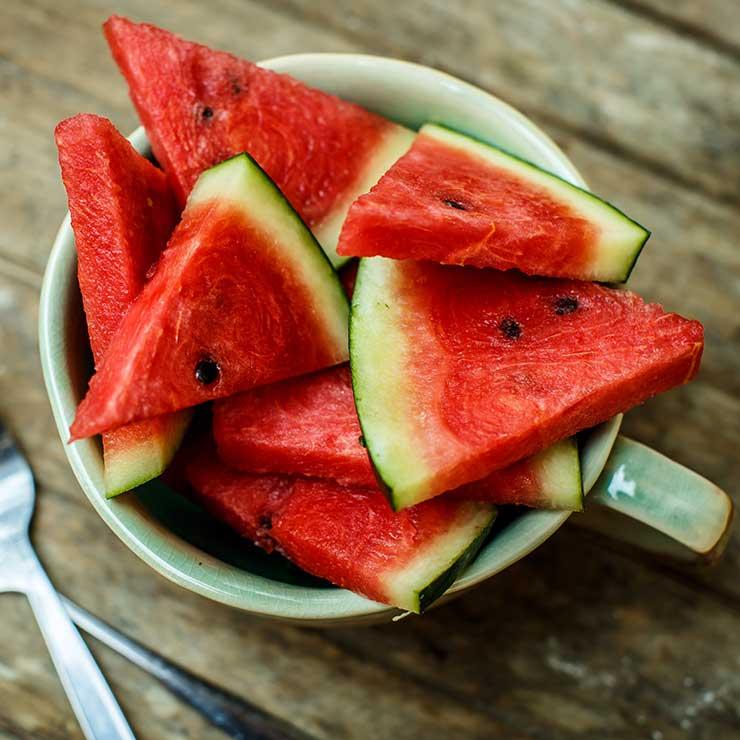 30/30
Reach for watermelon
30/30
Reach for watermelon
The amino acid arginine, abundant in watermelon, might speed your metabolism and promote weight loss, according to a new study in the Journal of Nutrition. Arginine seems to enhance your body's fat oxidation while increasing lean muscle, which burns more calories than fat does, the research suggests.
- Prev:6 Rules Every Dieter Should Live By
- Next:89% Of American Women Are Unhappy With Their Bodies. Heres How To Change That.
 1/30
Lift weights
1/30
Lift weights
 2/30
Work in some cardio
2/30
Work in some cardio
 3/30
Say yes to breakfast
3/30
Say yes to breakfast
 4/30
Drink coffee or tea
4/30
Drink coffee or tea
 5/30
Fight fat with fiber
5/30
Fight fat with fiber
 6/30
Drink more water
6/30
Drink more water
 7/30
Opt for organic
7/30
Opt for organic
 8/30
Don't skimp on protein
8/30
Don't skimp on protein
 9/30
Add iron
9/30
Add iron
 10/30
Get more D
10/30
Get more D
 11/30
Drink milk
11/30
Drink milk
 12/30
Don't sit still
12/30
Don't sit still
 13/30
Choose chewy foods
13/30
Choose chewy foods
 14/30
Select spicy ingredients
14/30
Select spicy ingredients
 15/30
Get enough B12
15/30
Get enough B12
 16/30
Opt for full-fat dairy
16/30
Opt for full-fat dairy
 17/30
Catch some ZZZs
17/30
Catch some ZZZs
 18/30
Keep your bedroom chilly
18/30
Keep your bedroom chilly
 19/30
And take off that sweater
19/30
And take off that sweater
 20/30
Go for a morning stroll
20/30
Go for a morning stroll
 21/30
Say no to diet soda
21/30
Say no to diet soda
 22/30
Nibble on chocolate
22/30
Nibble on chocolate
 23/30
Laugh a little (or a lot)
23/30
Laugh a little (or a lot)
 24/30
Meditate
24/30
Meditate
 25/30
Avoid "white" carbs
25/30
Avoid "white" carbs
 26/30
Go easy at the bar
26/30
Go easy at the bar
 27/30
Grab a handful of nuts
27/30
Grab a handful of nuts
 28/30
Don't skip the table salt
28/30
Don't skip the table salt
 29/30
Eat enough zinc
29/30
Eat enough zinc
 30/30
Reach for watermelon
30/30
Reach for watermelon

